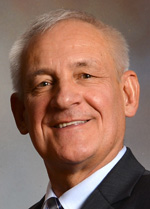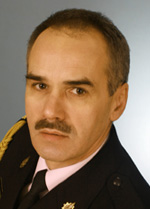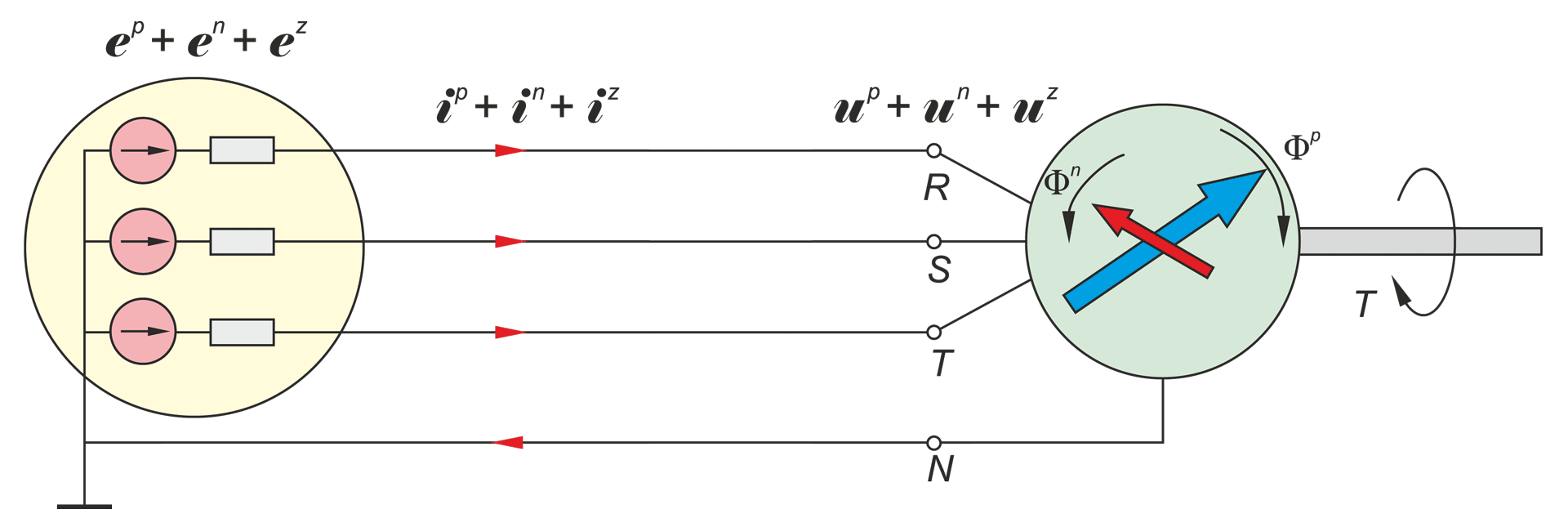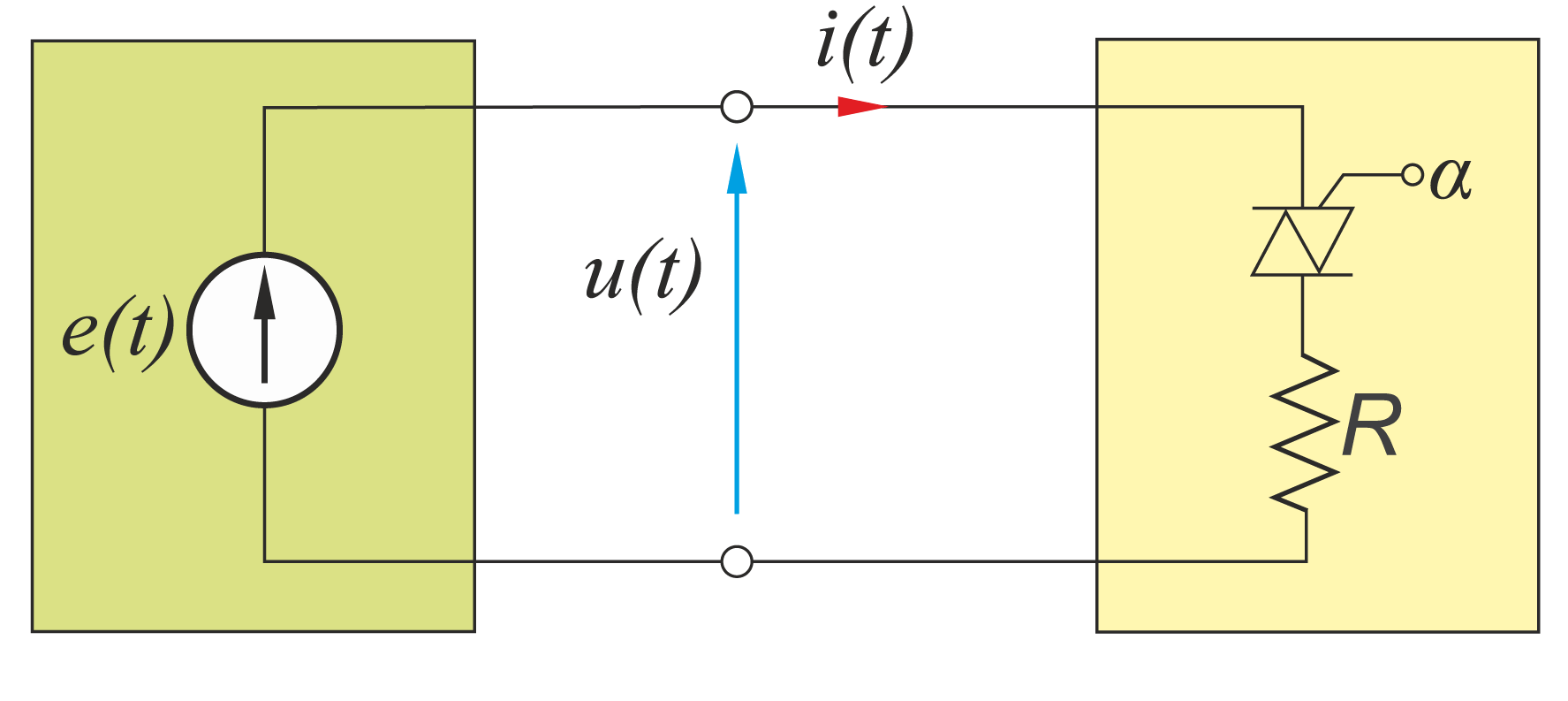E-journal for electrical and electronic engineers
AUTOMATYKA, ELEKTRYKA, ZAKLOCENIA
(AUTOMATICS, ELECTROTECHNICS, DISTURBANCES)
vol. 10, Nr 3 (37) 2019
On Physical Phenomena that Determine the Effectiveness of the Energy Transfer in Electrical Systems
Abstract
The effectiveness of the energy transfer in electrical power systems depends on a number of physical phenomena. Their presence is not well recognized in the electrical engineering community, though; or they are wrongly interpreted. As long voltages and currents are sinusoidal and symmetrical, a reduction in the energy transfer effectiveness is associated usually with a presence of the reactive power. However, when the voltages and currents are distorted and/or asymmetrical, then there are many more phenomena that can contribute to this effectiveness decline. Majority of them were identifed in the frame of the Currents’ Physical Components (CPC)-based power theory. This paper describes and explains some of them.
Keywords
power theory, energy transfer
Fig.
Bilbiography
[1] L.S. Czarnecki, „Składowe ortogonalne prądu odbiorników liniowych” Zeszyty Naukowe Polit. Śląskiej ELEKTRYKA, No. 86, pp. 5-17, Gliwice, 1983.
[2] L.S. Czarnecki, “Considerations on the reactive power in nonsinusoidal situations”, IEEE Trans. on Instr. and Measurements, Vol. IM-34, No. 3, pp. 399-404, 1984.
[3] L.S. Czarnecki, T. Świetlicki, “Powers in nonsinusoidal networks, their analysis, interpretation and measurement”, IEEE Trans. on Instrumentation and Measurements, Vol. IM-39, No. 2, 340-344, 1990.
[4] L.S. Czarnecki, “Currents Physical Compnents (CPC) concept: a fundamental of the power theory”, Przegląd Elektrotech-niczny, R. 84, No. 6, pp. 28-37, 2008.
[5] L.S. Czarnecki, “Working, reflected and detrimental active powers,” IET on Generation, Transmission and Distribution, Vol. 6, No. 3, pp. 223-239, 2012.
[6] L.S. Czarnecki, P.H. Haley, “Power properties of four-wire systems with nonsinusoidal symmetrical voltage”, IEEE Trans. on Power Delivery, Vol. 31, No. 2, pp. 513-521, 2016.
[7] L.S. Czarnecki, ”Moce i kompensacja w obwodach z odkształconymi i niesymetrycznymi przebiegami prądów i napięć. Część 11. Krytyczne uwagi do normy DIN 40100; domniemany wpływ oscylacji energii na współczynnik mocy oraz krytyczna weryfkacja sensu fzycznego mocy biernej”, On-line Journal: Automatyka, Elektryka, Zakłócenia, 2016, www.elektro-innowacje.pl.
[8] L.S. Czarnecki, ”Moce i kompensacja w obwodach z odkształconymi i niesymetrycznymi przebiegami prądów i napięć. Część 10, Historia rozwoju teorii mocy Składowych Fizycznych Prądów (CPC)”, On-line Journal: Automatyka, Elektryka, Zakłócenia, 2017, www.elektroinnowacje.pl.
[9] P.D. Bhattarai, L.S. Czarnecki, “Currents’ Physical Components (CPC) of the supply current of unbalanced LTI loads at asymmetrical and nonsinusoidal voltage”, Przegląd Elektrotechniczny, R. 93, No. 9, pp. 30-35, 2017.
[10]L.S. Czarnecki, “Currents’ Physical Components (CPC) – based power theory. A Review, Part I: Power properties of electrical circuits and systems”, Przegląd Elektrotechniczny, ISSN 0033-2097, Nr. 95, pp. 1-11, Nr. 10/2019.













































